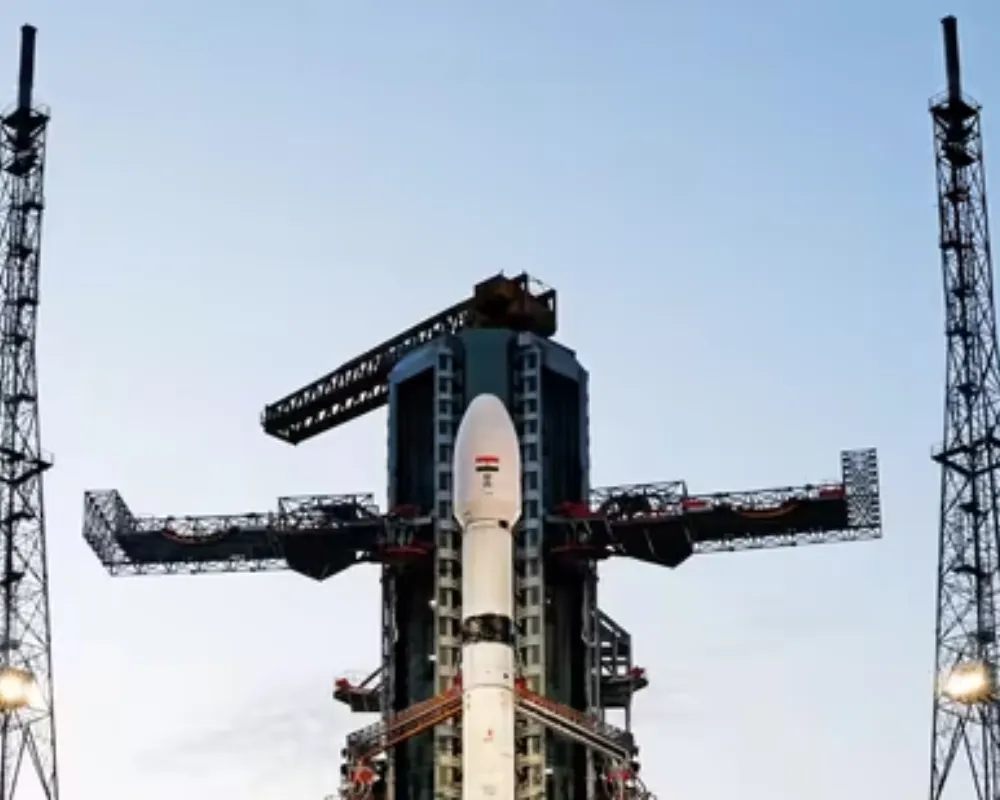The India-US NISAR satellite launched successfully on July 30. This joint mission will provide unprecedented Earth observation data for climate and disaster monitoring.
 Minaketan Mishra
Minaketan Mishra

SRIHARIKOTA, INDIA – In a monumental stride for global scientific collaboration, the NASA-ISRO Synthetic Aperture Radar (NISAR) satellite was successfully launched from the Satish Dhawan Space Centre here on July 30, 2025, at 5:40 PM IST. The advanced Earth observation satellite, a joint venture between the Indian Space Research Organisation (ISRO) and the U.S. National Aeronautics and Space Administration (NASA), lifted off aboard ISRO’s Geosynchronous Satellite Launch Vehicle (GSLV-F16) into its designated Sun-synchronous polar orbit.
The NISAR mission marks the first major Earth observation satellite jointly developed by the United States and India, representing a decade-long strategic partnership between the two space agencies. The satellite, weighing approximately 2,393 kilograms, is designed to provide unprecedented, high-resolution, all-weather, day-and-night imaging of Earth's surface. Its unique dual-frequency radar system, combining NASA's L-band radar and ISRO's S-band radar, will enable it to detect movements as minute as a centimeter, even through clouds, vegetation, and darkness.
The primary objective of NISAR is to monitor Earth’s changing ecosystems, dynamic surfaces, and ice masses with unparalleled precision. Over its planned five-year mission, NISAR will scan nearly all of Earth's land and ice-covered surfaces every 12 days. The vast amount of data it collects—estimated at 80 terabytes daily—will be crucial for a wide range of scientific applications. These include tracking changes in land and ice deformation (vital for understanding earthquakes, volcanic activity, and glacier melt), monitoring land ecosystems, assessing biomass changes in forests, and studying oceanic regions.
Scientists anticipate that NISAR’s data will significantly enhance our understanding of climate change impacts, improve disaster prediction and management for events like floods, landslides, and tsunamis, and aid in sustainable resource management. The mission’s open data policy is also expected to benefit scientists, governments, and industries worldwide, fostering a collaborative approach to addressing global environmental challenges.
The successful launch has been hailed as a testament to the growing scientific and technological partnership between India and the United States. It underscores India's rising capabilities in the global space arena and its commitment to contributing to humanity's collective good, truly embodying the spirit of "Vishwabandhu" (global friend). The coming months will involve a commissioning phase, after which NISAR will begin beaming down its invaluable data, opening a new chapter in Earth observation and environmental monitoring.






Sign up for the Daily newsletter to get your biggest stories, handpicked for you each day.
 Trending Now! in last 24hrs
Trending Now! in last 24hrs